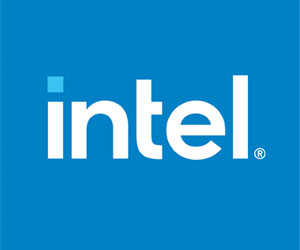We’re working with companies to ensure software can determine if something is a CPU or GPU task, or if it’s an NPU task, and we want to accelerate the AI capabilities.
Companies such as Zoom and Adobe are optimizing their software to take advantage of NPU technology. You’re going to have better performance with these tools because they will know which processing unit to use.
If they didn’t, the CPU would have to work in overdrive, which is going to decrease your battery life. Our Core Ultra Series 2 processors have more than a day of battery life because the software has been optimized.
EDTECH: Why are these devices more secure? How do built-in security features protect sensitive student data?
WHITE: Security is based on where schools are storing data and conducting operations. For a long time, everything was on-premises within the school district. Then we saw everything going to the cloud.
We’re seeing the shift now to hybrid models, as schools strategically decide to keep some things on-premises and run some in the cloud.
DIVE DEEPER: School technology leaders reveal what life is like in the cloud.
With Intel’s Core Ultra processor, teachers can use AI offline. That adds a level of data protection because they’re not putting information into the cloud; it’s all being used on a device.
The NPU helps teachers use data in a responsible and safe way, ensuring compliance with protocols that don’t allow it to be shared outside the district.
EDTECH: How do AI PCs benefit data-driven classroom learning?
WHITE: More software is using AI for data analytics, personalized instruction and even interventions.
We’ve always had all of this data in K–12 education: test and benchmarking scores, absentee lists. Now, there are a lot of great AI tools capitalizing on that data and giving teachers guidance. Microsoft just launched Microsoft Learning Zone; Google announced that Gemini is now open to educators and students.











